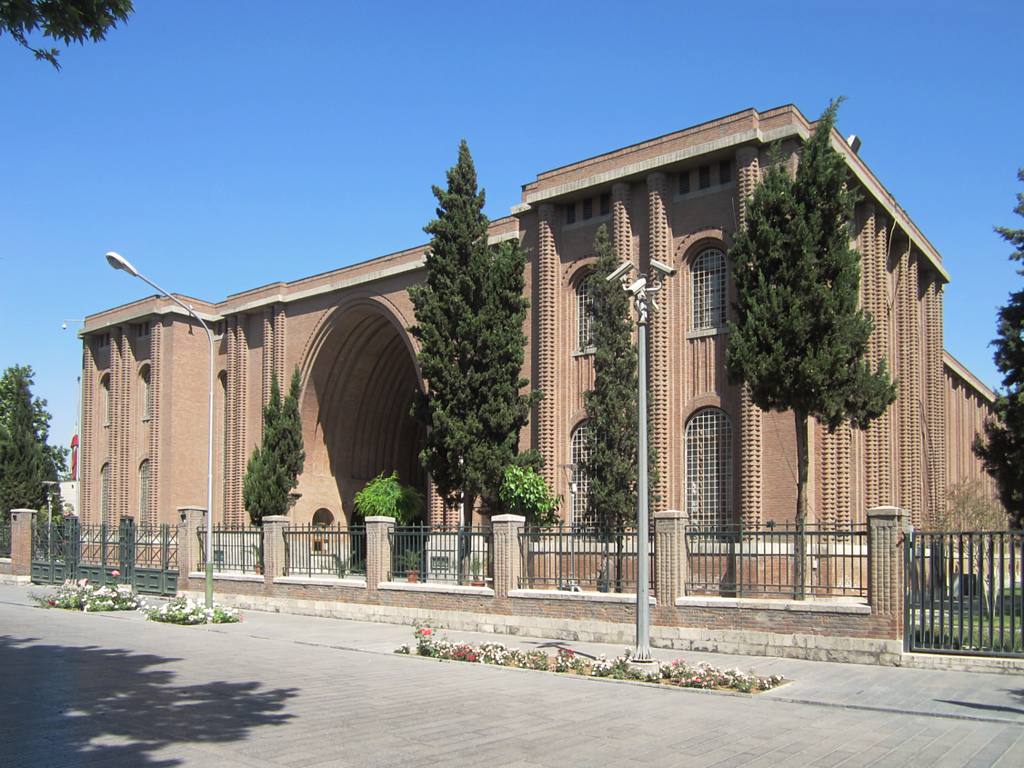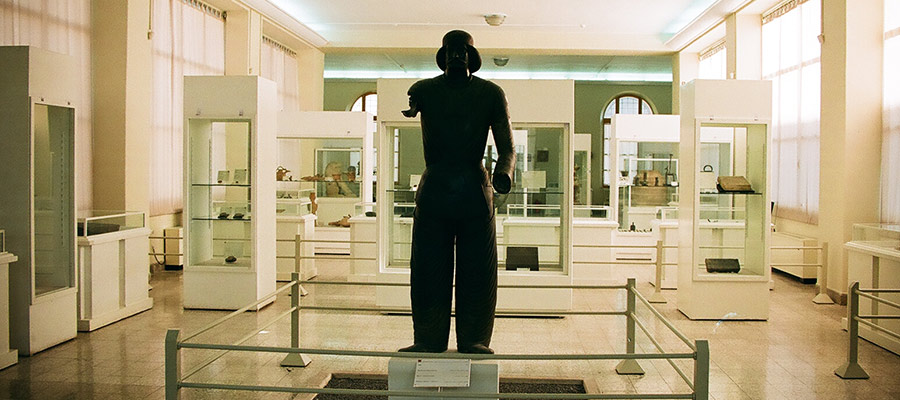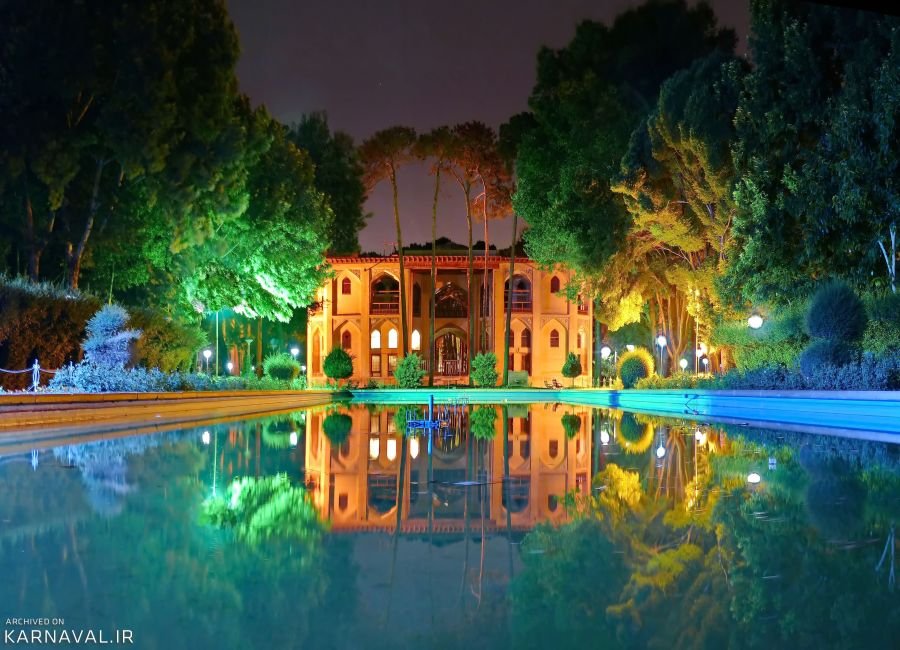































The National Museum of Iran, located in Tehran, is a treasure trove of the country's rich history and culture. Founded in 1937, the museum houses an extensive collection of artifacts from prehistoric times to the Islamic period.
One of the highlights of the museum is the collection of pre-Islamic artifacts, including objects from the Elamite, Achaemenid, Parthian, and Sassanid empires. Visitors can see intricate reliefs and sculptures from Persepolis, the ceremonial capital of the Achaemenid Empire, as well as gold and silver objects from the royal tombs of the Sassanid kings.
The museum also has a comprehensive collection of Islamic art and artifacts, including ceramics, metalwork, and textiles from the 7th to the 19th centuries. Visitors can see the intricate tilework of the Timurid and Safavid periods, as well as the delicate calligraphy of Persian manuscripts.
In addition to the permanent collections, the National Museum of Iran also regularly hosts temporary exhibitions and events. These have included showcasing the works of contemporary Iranian artists, as well as displaying loaned collections from other museums around the world.
The National Museum of Iran is not only a place to learn about the country's past, but also to appreciate the beauty and skill of Persian art and craftsmanship. It's a must-see destination for anyone interested in history, art, and culture, and is considered one of the most important museums in the Middle East.
The National Museum has two separate buildings including two museums:
The Museum of Ancient Iran is a part of the National Museum of Iran, located in Tehran. It is dedicated to showcasing the rich history and culture of the ancient Persian civilization. The museum houses an extensive collection of artifacts from the prehistoric era to the Islamic period, covering a time span of around 8000 years.
The museum's collection includes artifacts from the Elamite, Achaemenid, Parthian, and Sassanid empires. Visitors can see the intricate reliefs and sculptures from Persepolis, the ceremonial capital of the Achaemenid Empire, as well as gold and silver objects from the royal tombs of the Sassanid kings.
One of the most impressive exhibits in the museum is the replica of the Apadana Palace, which was built in 515 BC by the Achaemenid king Darius I. The replica includes the palace's famous reliefs, depicting the king and his courtiers, as well as the various nations that paid tribute to the Persian Empire.
The museum also has a comprehensive collection of ceramics, metalwork, and textiles from the prehistoric era to the Islamic period.
The Museum of Islamic Archaeology and Art of Iran is a part of the National Museum of Iran, located in Tehran. It is dedicated to showcasing the rich history and culture of Islamic art and archaeology in Iran. The museum houses an extensive collection of artifacts from the Islamic period, covering a time span of around 14 centuries.
The museum's collection includes a wide range of Islamic art and artifacts, such as ceramics, metalwork, textiles, and manuscripts. Visitors can see the intricate tilework of the Timurid and Safavid periods, as well as the delicate calligraphy of Persian manuscripts. The museum also showcases a rich collection of Islamic ceramics, which are considered some of the finest examples of Islamic art in the world.
One of the most impressive exhibits in the museum is the collection of Islamic coins and seals, which provides a glimpse into the history of the Islamic period in Iran. Visitors can see the various styles of calligraphy used on the coins and seals, as well as the different forms of Islamic art represented in the collection.
The museum also regularly hosts temporary exhibitions and events, featuring loaned collections from other museums around the world. These exhibitions provide visitors with a unique opportunity to learn more about the rich history and culture of Islamic art and archaeology in Iran.












Visitors can avail free date change.
No cancellations and refunds can be made.












.jpg)
